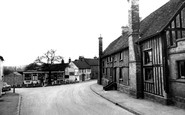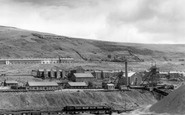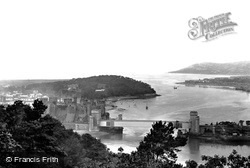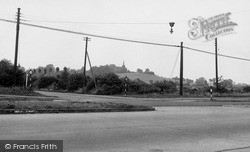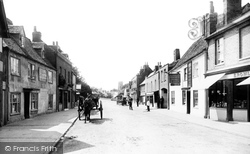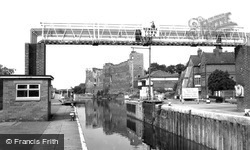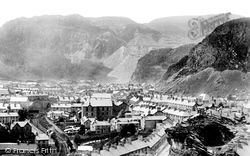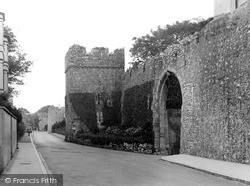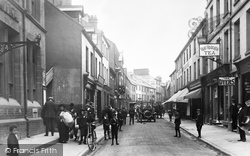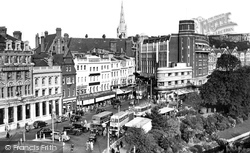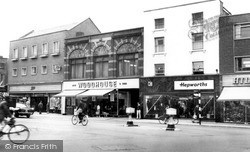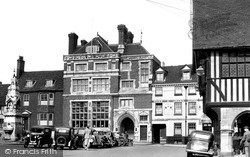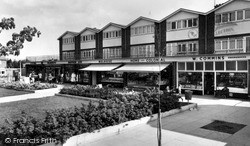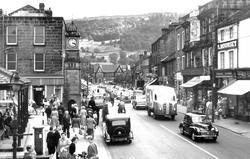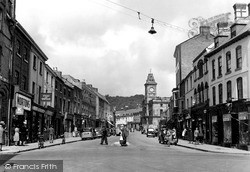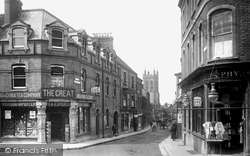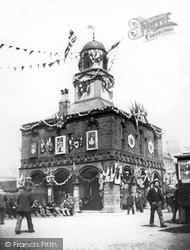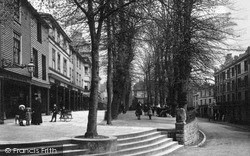Places
26 places found.
Those places high-lighted have photos. All locations may have maps, books and memories.
- Town End, Derbyshire
- Town End, Buckinghamshire
- Town's End, Somerset
- Towns End, Dorset
- Town End, Merseyside
- Town End, Cambridgeshire
- Town's End, Buckinghamshire
- West End Town, Northumberland
- Bolton Town End, Lancashire
- Kearby Town End, Yorkshire
- Town End, Cumbria (near Grange-Over-Sands)
- Town End, Cumbria (near Bowness-On-Windermere)
- Town End, Yorkshire (near Huddersfield)
- Town End, Yorkshire (near Wilberfoss)
- Town End, Cumbria (near Appleby-in-Westmorland)
- Town's End, Dorset (near Melbury Osmond)
- Town's End, Dorset (near Swanage)
- Town End, Cumbria (near Ambleside)
- Town End, Cumbria (near Lakeside)
- Town End, Cumbria (near Kirkby Lonsdale)
- Town End, Cumbria (near Ambleside)
- Town's End, Dorset (near Bere Regis)
- West-end Town, South Glamorgan
- Townend, Derbyshire
- Townend, Strathclyde (near Dumbarton)
- Townend, Staffordshire (near Stone)
Photos
26 photos found. Showing results 1,041 to 26.
Maps
195 maps found.
Books
160 books found. Showing results 1,249 to 1,272.
Memories
3,719 memories found. Showing results 521 to 530.
Mevagissey Museum
I have many childhood memories of Mevagissey. My parents bought a cottage in Cliff Street, Mevagissey during the late 1950s. We used it as a holiday home until 1965 when my father retired from designing Colt Houses (all timber ...Read more
A memory of Mevagissey in 1969 by
Old Hatfield
I was employed as an electrician, by a company known as J.Hodge and spent 18 months in Hatfield House re-wiring the East Wing. I knew Old Hatfield intimately as I lived in Hatfield for 20 years. When I went back there in 1995 I was ...Read more
A memory of Hatfield in 1947 by
Life In Wellingborough After The War
My family moved to 121 Midland Road during the winter of 1946 as my father worked in a local paint factory till 1948. There was a huge monkey puzzle tree in the front garden. I was 7 and my sister was ...Read more
A memory of Wellingborough in 1947 by
Working As A Conductor
I remember in 1960 working as a conductor on the 'Western Welsh. My driver was Dai Williams, and my uncle, Danny Evans, was a driver, along with Ernie Sharrott. We had the best Solo card school in town, and I can say now ...Read more
A memory of Bridgend in 1960 by
Raf Bletchley 1950 51
Hello Former RAF Bletchley 'inmates,' I spent a couple of happy years at RAF Bletchley which I would describe as just a dormitory station where we ate, slept and relaxed during off-duty hours from our work at RAF ...Read more
A memory of Bletchley in 1950 by
Holiday
We visited the Lizard during our summer holidays. It was the hottest year for years. We stayed in a caravan, on a caravan site near the Mousehole junction. There was my parents, my brother, sister and in the other caravan, next door was my ...Read more
A memory of Lizard in 1978 by
Holmfirth
I think it was 1976 when our dad took us to Holmfirth. He loved watching 'Last of the Summer Wine' which was filmed there. As we were children we sat in the back and watched the hills coming closer and closer. Dad drove careful up the ...Read more
A memory of Holmfirth in 1976 by
School Days
I attended the local school. I now live in Tasmania, Australia. Seeing this photo of my school brings back so many happy memories. Mrs Butler was my headmisstress and I remained in contact with her even when they retired to the Isle ...Read more
A memory of Standon in 1968 by
More Memories From My Childhood In Gilfach
I remember when I was little there was a shoe shop called Dimmocks, also near the church I remember a shop called The Dairy where I was allowed 3d worth of sweets if I'd been good, they came in a ...Read more
A memory of Gilfach Goch in 1961 by
Darknell Family
This isn't a memory, more of a request. I am researching my family tree and a member of my family moved to the area in about 1880, his name was john Darknell and he married a Francis 'Fanny' Hamilton. He is recorded as living ...Read more
A memory of Gilfach Goch in 1880 by
Captions
5,111 captions found. Showing results 1,249 to 1,272.
Conwy was already something of a tourist attraction by 1898 with its castle and remnants of the planned medieval town.
The A127 arterial road (in the foreground) was opened in 1925 by Prince Henry, and succeeded Wash Road as the main east-west route through Laindon.
The impressive edifice of the Queen's Hotel is angled and was originally envisaged to form one section of a 'circus' of buildings, close to the approach road to the town's railway station.
Council, the Commission for New Towns, the Civic Trust and the High Street Association promoted a street improvement scheme, and over the years the High Street has been cleaned and restored
Poor old Maidenhead: a rather good Georgian coaching town on the old London to Bath road, it was overlaid by Victorian development after the railway arrived in 1841, and has really suffered from ring road
Newark is a town with a wealth of historic buildings, and it is relatively little changed compared with Grantham or even Nottingham.
Formerly the slate capital of Wales, this slate-grey mountain town is proud of its history and happily promotes its memory.
The word callis means almshouse or hospice, and possibly derives from the name Calais. St Peter's Church was 'pulled down' in 1560, and this building was built in 1863.
The arrow slits are rounded at the bottom to accommodate early firearms and crossbows.
Bangor's main street runs between the station and the harbour. It is shown here crowded with shoppers and an early car. The street today has been partly pedestrianised.
Reflecting the town's original location on that highway beloved of cyclists, the Great North Road, the sign to the rear of the memorial promises 'Cycles Stored and Repaired'.
By the 1950s, Bournemouth was at the height of its popularity and one of the most prosperous towns in England, as this view of the town centre shows.
Horncastle is one of the county's most ancient towns.
In the 1920s the future looked very bright for Loughborough, but the Depression of the 1930s came as a cruel blow to the town.
Carmarthen was granted its first charter in 1313, and it was the largest town in all Wales in the early 18th century.
The fine old building on the right is used as the Town Hall. A blue plaque commemorates the fact that John Newman was burnt at the stake for his Protestant faith in August 1555.
Stevenage was the first of a series of post-Second World War new towns ringing London. Initially, Knebworth had been suggested, but it was felt that railway provision was better at Stevenage.
The lovely market town lies at the entrance to Wharfedale. The bustle of what must have been a market day is evident in the thronging crowds around the clock-tower and the busy road.
Lying in the valley of the Severn, the town does not seem particularly Welsh. Its original name was 'Pool', with the 'Welsh' prefix added to distinguish it from Poole in Dorset.
The Great India and China Tea Company, an 1880s building (on the left) is now, aptly, the Mocha Berry Cafe‚ while the haberdashers on the right is now The Grafton Cafe; both establishments reflect the
The original Town Hall building in Newbury dated back to 1742 and included a part known as the 'shambles'. This was used by stall holders for the sale of their wares.
Newhaven developed as the 'new town' after the River Ouse shifted its mouth in 1579. The mouth was stabilised in 1733, and there were great plans for the port.
The old Town Hall, a square building with Tuscan columns completed in 1768, was replaced in 1903 by new municipal buildings designed by E E Fetch.
Then, just as it is today, this area of the town was an exclusive parade of expensive little shops, smart tea shops and expensive restaurants.
Places (26)
Photos (26)
Memories (3719)
Books (160)
Maps (195)


